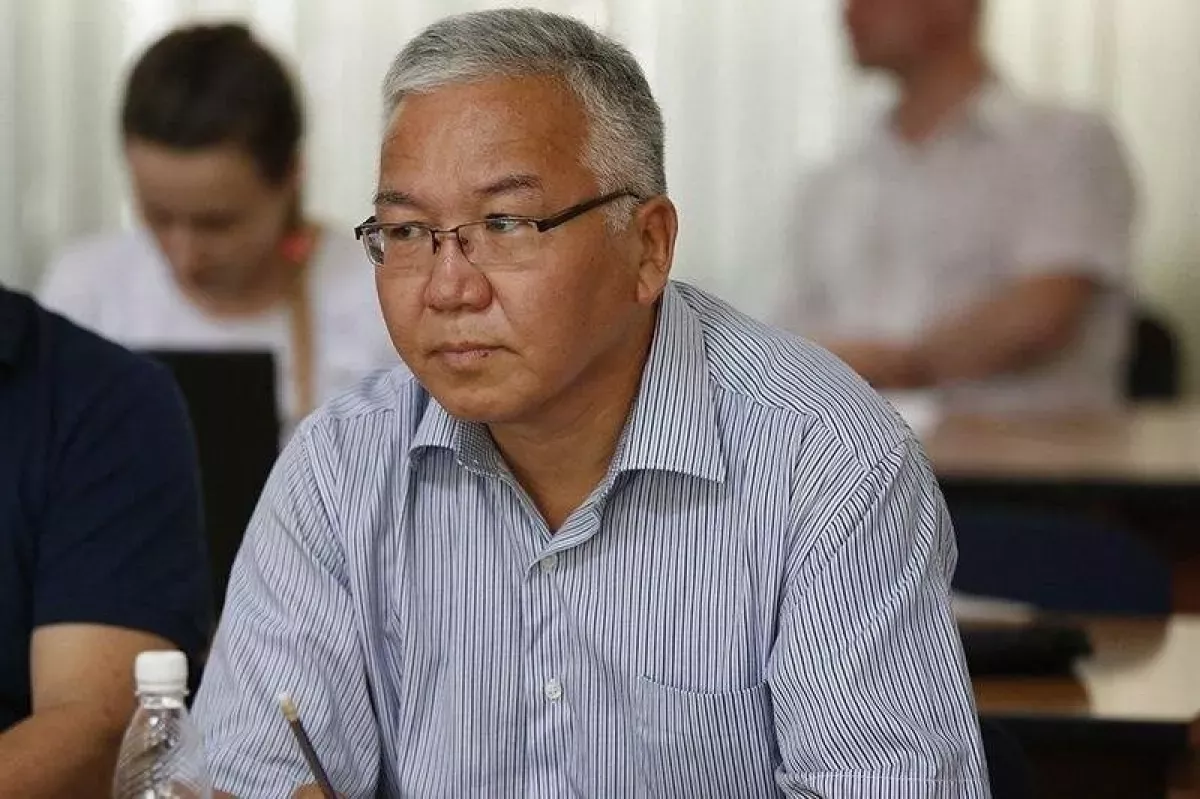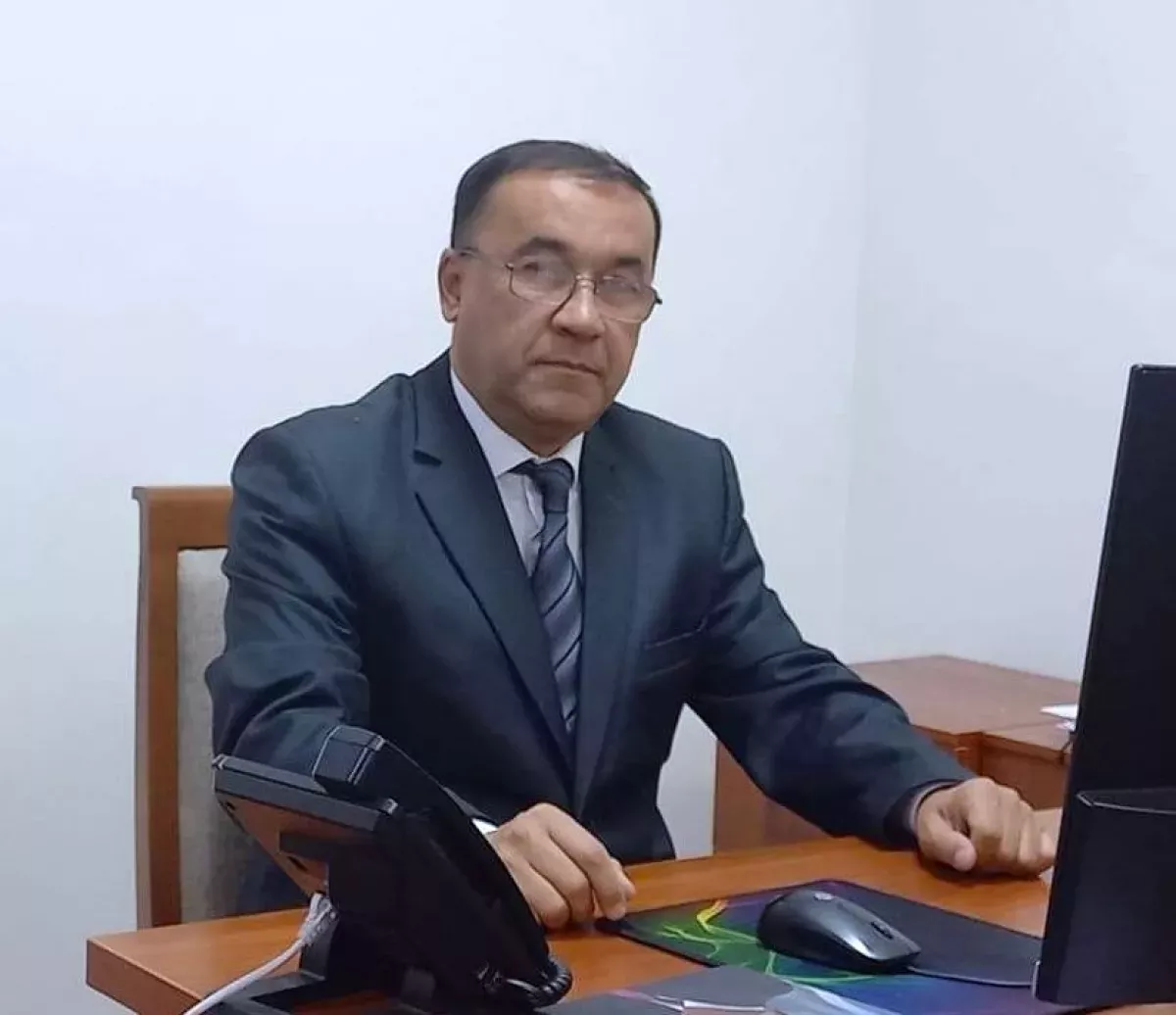Uzbekistan – Kyrgyzstan – Tajikistan: when borders bring people together Expert opinions on Caliber.Az
Recently, the head of the State Committee for National Security of Kyrgyzstan, Kamchybek Tashiev, stated that soon border guards at the borders of Uzbekistan, Kyrgyzstan, and Tajikistan may no longer be needed. “The presidents have created conditions for us where we must live in friendship. There is no other way,” he emphasised, addressing representatives of the border services of Uzbekistan and Tajikistan. This dialogue took place on the sidelines of the Council of CIS Border Forces Commanders in Manas.
What exactly did the head of the SCNS of Kyrgyzstan mean by his statement? How seriously are Central Asian countries considering the possibility of abolishing borders and creating some kind of confederation of neighbouring states? Caliber.Az turned to experts and political analysts from Kyrgyzstan, Uzbekistan, and Tajikistan for their insights.
According to Kyrgyz political analyst and regional security expert Mars Sariev, the statement by the head of the SCNS of Kyrgyzstan carries symbolic and strategic significance and reflects a shift in the approach to security and cooperation in Central Asia.

“This is not just about demarcating or settling border lines, but about moving to a new format of regional cooperation, where borders themselves are no longer lines of division but spaces for mutual development.
One could say that the ideas of the Organization of Turkic States (OTS) are beginning to take shape in practice. Yes, Tajikistan is not a member of the OTS, but we can see neighbouring republics starting to build relationships based on trust, shared interests, and openness, similar to how European integration once began,” the political analyst noted.
In his view, the emergence of a special economic or administrative zone among the three countries is a likely development.
“When we say that ‘borders may no longer be needed,’ this does not mean abandoning sovereignty — it refers to creating a zone of free economic interaction with simplified border and customs controls. This could become a hub for business, logistics, and tourism. Conditions would arise for joint infrastructure projects, labour exchange, and investments. In fact, this is the first step toward a Central Asian space of free movement, which would strengthen the regional economy and deepen mutual ties between the countries,” the analyst believes.
He also noted that when people speak about the presidents’ agreements on this issue, they are referring to a political consensus among the three leaders — of Kyrgyzstan, Uzbekistan, and Tajikistan — on resolving the border junction. This matter had been a source of tension for decades, but now the parties seem to have found a compromise based on mutual understanding.
“This is not just a technical agreement, but a precedent of trust. It opens the way for joint border security, coordination of infrastructure and humanitarian programmes, and strengthening the region’s collective defence capabilities,” the analyst said.
In his view, the situation demonstrates that the Turkic idea of integration is gaining practical significance, and Central Asia is becoming the core of Turkic unity — not in slogans, but through concrete steps to remove barriers.
“This is creating a model in which the countries of the region move from competition to synergy, from isolation to a shared future. If this process continues consistently, within a few years Central Asia could become a unified space of cooperation, built on common economic, cultural, and defence interests,” Sariev stated.

Meanwhile, according to Uzbek political analyst and Candidate of Economic Sciences Temir Bahodirov, the latest stage of dialogue among the three countries is highly encouraging.
“Not everyone yet, but a significant part of the political community in our countries understands that approaches to building geopolitical connections need to be updated, infused with new content and meaning. The world is changing: on one hand, it is becoming multipolar, and on the other, integration is strengthening among regional countries that share common points of contact. In this case, Kyrgyzstan, Uzbekistan, and Tajikistan have much in common — shared tasks, goals, and challenges. Strategic projects, such as the development of the common transport artery — the Middle Corridor — also undeniably unite us under one roof. Establishing a shared context of interests among the OTS countries is equally crucial for the Turkic nations of Central Asia, helping to shape their positions in communications with other regional states. I believe that the agreements between the leaders of the three countries truly open new paths toward creating a new space of unified political and economic interaction,” Bahodirov said.

At the same time, Tajik political analyst Eraj Alimov noted that the border issue has been a historical challenge for Central Asia for centuries. The peoples of the region are often closely interconnected, yet there have been too many mutual problems that could not be resolved due to borders and formal restrictions.
“Conflicts between Kyrgyzstan and Tajikistan frequently arose over resources, particularly water, when a river artery, for example, passed through the territories of different countries, but the question of using its resources or water intake was often handled differently. The parties neglected each other’s opinions and interests. The Tajik enclave of Vorukh, entirely surrounded by Kyrgyz territory, was for many years one of the main sources of tension and border conflicts. The Kyrgyz enclave of Barak, located on Uzbek territory, and the Uzbek enclaves of Sokh and Shahimardan on Kyrgyz territory, as well as other enclaves and exclaves, became sources of geopolitical disputes among the countries. Many disagreements even began at the level of drawing maps of these formations, which were inaccurate, leading to diplomatic and other incidents in our region, including political confrontations.
The point is that now, when the demarcation process has not only moved from a deadlock but has found a stable algorithm, it has become possible to quickly resolve a number of contentious issues across various aspects of the economy and society. And this is just the beginning of such processes — positive news about establishing common positions will only increase. This is obvious, which is why the statements made at the Manas meeting are so encouraging,” Alimov concluded.








